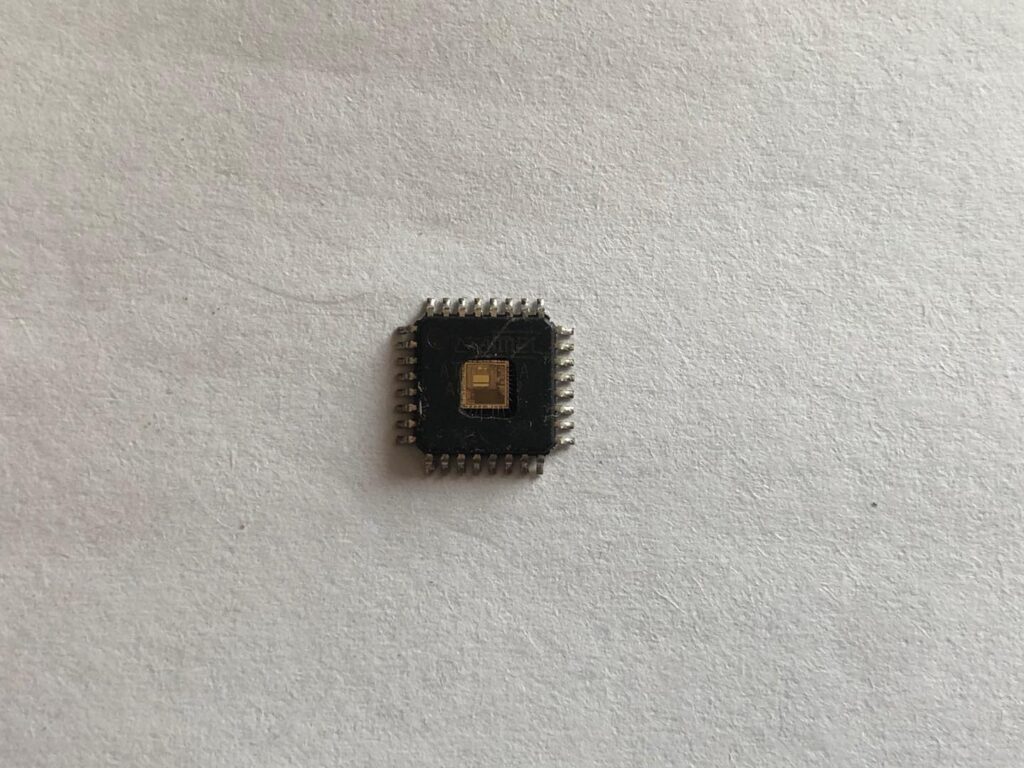Posts Tagged ‘Klon STM32F048T6 gesicherte Mikroprozessor-Binärsoftware’
 Microcontroller STM32F048T6 Flash Heximal Cloning
Microcontroller STM32F048T6 Flash Heximal Cloning
Microcontroller STM32F048T6 Flash Heximal Cloning after mcu stm32f048t6 source code extracting, the status of microprocessor stm32f048t6 will be reset by decrypting;

At startup, the boot pin and boot selector option bits are used to select one of the three boot options:
- boot from User Flash memory
- boot from System Memory
- boot from embedded SRAM
The boot pin is shared with the standard GPIO and can be disabled through the boot selector option bits. The boot loader is located in System Memory. It is used to reprogram the Flash memory by using USART on pins PA14/PA15 or PA9/PA10 or I2C on pins PB6/PB7 or through the USB DFU interface.
The CRC (cyclic redundancy check) calculation unit is used to get a CRC code from a 32-bit data word and a CRC-32 (Ethernet) polynomial by recovering smt32f038f6 microcontroller heximal file. Among other applications, CRC-based techniques are used to verify data transmission or storage integrity.
In the scope of the EN/IEC 60335-1 standard, they offer a means of verifying the Flash memory integrity. The CRC calculation unit helps compute a signature of the software during runtime, to be compared with a reference signature generated at link- time and stored at a given memory location.